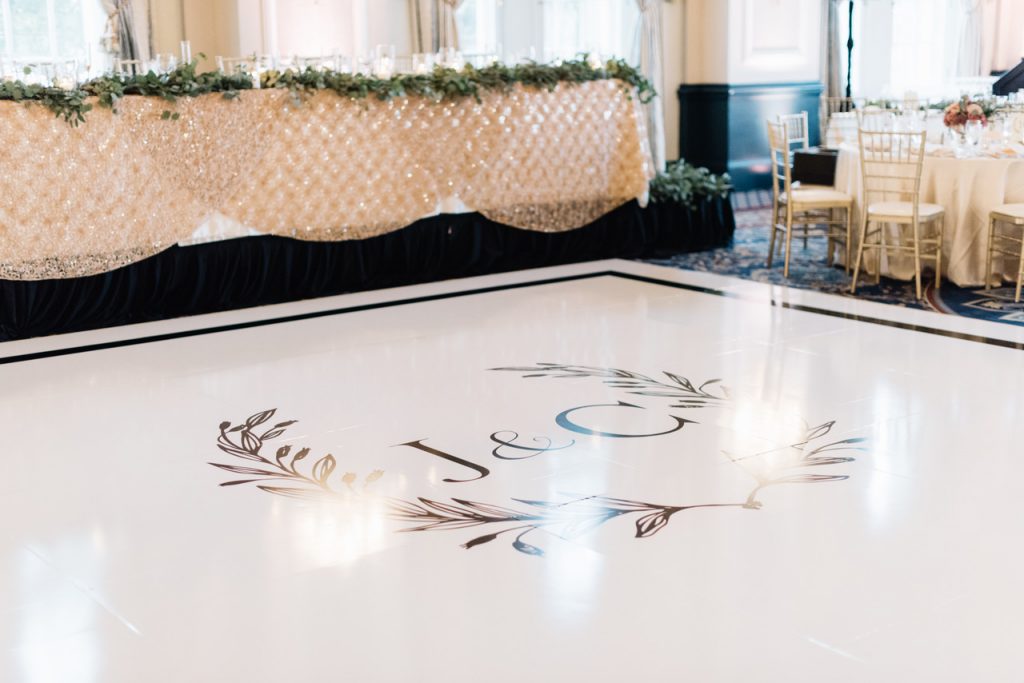Dancing is a well-liked activity that unites individuals together, whether at a party, a dance venue, or a unique occasion. However, while dancing can be a lot of fun, it is crucial to maintain security in mind. The dance floor can present various risks that may lead to accidents or mishaps if not addressed properly. By identifying and mitigating these frequent hazards, function organizers and dancers can ensure a safe and enjoyable experience for everyone.
One of the major notable hazards on the dance area is the threat of slipping up or falling. This can occur due to spills, uneven surfaces, or overcrowded spaces. To avoid these incidents, it is crucial to maintain a clean and dry dance space. Event coordinators should frequently check the floor for any spills or debris and clean them up immediately. Furthermore, ensuring that the dance floor is adequately lit can help dancers identify potential hazards, lessening the chances of slipping. Dancers should also be cognizant of their surroundings, steering clear of crowded areas where they may be shoved or stumbled.

Another frequent issue on the dance area is the potential for injuries caused by too many people. When too many people congregate in one area, it can lead to bumps, contusions, and even more grave injuries. To prevent overcrowding, locations should set a limit capacity for the dance floor and oversee it closely. Event coordinators can use barriers or cords to create designated areas for dancing, which can help manage crowd flow. Additionally, motivating dancers to be aware of their space and to consider others can create a more secure environment for everyone.
Injuries can also happen from unsuitable footwear. Wearing shoes that are not appropriate for dancing can lead to falls, injuries, or foot damages. Dancers should select footwear that provides proper support and grip. Event organizers can prompt guests to wear appropriate shoes by adding this information in invitations or messages. Providing a location for dancers to store their shoes can also assist keep the dance area secure and free from potential hazards.
Lastly, it is vital to consider the importance of health and wellness on the dance area. Staying well-hydrated is important, especially during long periods of dancing. Lack of hydration can lead to lightheadedness, fatigue, and other health issues. Event organizers should provide hydration stations or invite guests to carry water bottles. Additionally, blog link it is vital for dancers to listen to their bodies and that site take pauses as needed. By promoting a healthy environment, everyone can savor dancing while reducing the risk of health-related issues.
In conclusion, guaranteeing safety and enjoyment on the dance area requires consciousness and proactive measures. By recognizing hazards such as falls, overcrowding, improper footwear, and health concerns, event coordinators and dancers can collaborate together to create a safe environment. Taking these actions not only avoids accidents but also improves the overall experience for everyone involved. With appropriate precautions, the dance floor can remain a place of fun and community for everyone.